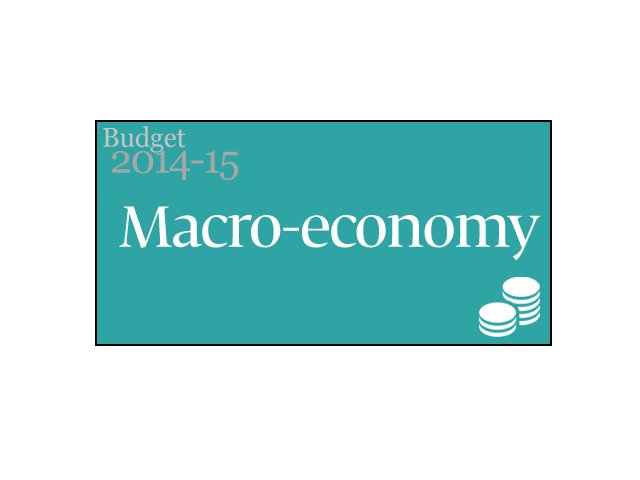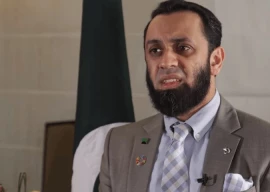
The country’s gross domestic product (GDP) rate edged up to 4.1% for the first time in the last six years but fell short of the targeted rate of 4.4% for the fiscal year 2013-14. The missed target, however, didn't stop the government from upward revising last year’s target from 4.4% to 5.1% for the fiscal year 2014-2015.
While presenting the Economic Survey 2013-2014, Finance Minister Ishaq Dar said the government would try to increase the growth rate by 1% every year taking it to 7% by 2017. The finance minister said that the estimated economic losses due to load-shedding were 1.5% to 1.75%.
The government also missed its target for containing inflation at 8% that accelerated to 8.5% in the first nine months of the fiscal year. The finance minister said the IMF had predicted that inflation would run into double-digits but the government managed to restrict it to around 8.5% despite increase in electricity tariffs.
The government will also envisage an overall fiscal deficit of 4.9% of gross domestic product or Rs1.4 trillion in the budget for FY15 against the fiscal deficit target of 6.3% last year. The government managed to bring down the fiscal deficit to 5.7% in FY14. However, the federal fiscal deficit is Rs1.711 trillion or 5.88% of GDP for the fiscal year 2014-15. The overall fiscal deficit is calculated after factoring in the provincial balances surplus.
The main features of the government’s budget strategy are:
(a) GDP growth to gradually rise to 7.1% by FY 2016-17 from 4.14 in the outgoing fiscal year. The target for FY15 will be 5.1%.
(b) Inflation will be maintained in single digit throughout the medium term. Inflation currently stands at 8.5%.
(c) Investment to GDP ratio will rise to 20% at the end of medium term. Investment to GDP ratio currently stands at 13.5%. The target for FY15 will be 16.5%.
(d) Fiscal deficit to be brought to down to 4% of GDP by 2015-16 and maintained at this level afterward. The fiscal target for FY15 will be 4.9%.
(e) Tax to GDP ratio, which currently stands at 10.5%, will be increased 13% by the year 2016-17. The target for FY15 is 11.3%.
(f) Pakistan’s foreign exchange reserves, which currently stand at $13.9 billion, will be increased to more than $22 billion at the end of 2016-17 and $19 in FY15.
Note: The story will be updated as more analyses comes in.




1729137363-0/Liam-Payne-fans-(1)1729137363-0-165x106.webp)












COMMENTS
Comments are moderated and generally will be posted if they are on-topic and not abusive.
For more information, please see our Comments FAQ